The four themed exhibitions this year at Goose Creek Studio focus around the Christian seasons of Lent, Easter, Pentecost and Advent and under the title L’anneé Liturgique (see endnote).
For Christians, this is the season that recounts tales of slaves being freed from bondage. In these 40 days the prophet describes deserts that bloom, lions and lambs lying down together and a child playing at a cobra’s den. This is the season in which the dead are said to be raised, and Christians proclaim that death has no power. These are 40 days about imagining the impossible … a world once again restored to what God created it to be.
We see this belief in the impossible in the sensitive pencil portraits of famous Americans by Robert Pennix. The artist portrays men and women that made a difference and changed our world for the better. Pennix also gives a loving nod to an emerging generation of prophets and visionaries that are working for a healthier future. Jean Horne’s four large acrylic painting narrate the words to Danny Schmidt’s folk ballad Stained Glass. A morality tale that suggests that even the emblazoned imperfections of human life can reflect perfect streams of light. Sara McDowell’s landscapes explore the duality light and darkness … existing simultaneously and separately … like the spiritual, social and internal journey of this season. And finally, Helen Hubler literally captures images of kids in cages at our southern border. This artist’s graphic work reminds the viewer despite this season of imagining, our world continues to be filled with suffering, bondage and death.
The original intent of the show was to focus solely on these four artists and these extraordinary bodies of work. But as the show came together several works already in the gallery demanded their place. So this exhibition features several special guest appearances by other Goose Creek Studio creative partners and their work; Melanie Layne Hylton’s meticulously-burnt pyrography portrait of Mother Teresa, Lynn Goodwin’s cheeky portrait of a black Christ, and the charred pit fired works of local potter Andre Namenek add to this exhibition’s narrative of imagining the impossible.
graphite portraits
Robert Pennix
(See more on Robert Pennix in Lynchburg Living Magazine)
And what more should I say? For time would fail me to tell of Gideon, Barak, Samson, Jephthah, of David and Samuel and the prophets who through faith conquered kingdoms, administered justice, obtained promises, shut the mouths of lions, quenched raging fire, escaped the edge of the sword, won strength out of weakness, became mighty in war, put foreign armies to flight. Women received their dead by resurrection. Others were tortured, refusing to accept release, in order to obtain a better resurrection. Others suffered mocking and flogging, and even chains and imprisonment. They were stoned to death, they were sawn in two, they were killed by the sword; they went about in skins of sheep and goats, destitute, persecuted, tormented of whom the world was not worthy. They wandered in deserts and mountains, and in caves and holes in the ground.
Yet all these, though they were commended for their faith, did not receive what was promised, since God had provided something better so that they would not, apart from us, be made perfect.
Letter to the Hebrews, Chapter 11
acrylic on canvas
Jean Horne
(inspired by the lyrics of "Stained Glass" by Danny Schmidt)
mixed media
Sara McDowell
| “Look at how a single candle can both defy and define the darkness.” ― Anne Frank These pieces represent the juxtaposition of light and dark seen in the beauty that surrounds us every day. This duality brings wonder, grace, and sometimes fear. It reminds us that we are a part of something much larger than we are. The presence of both light and dark brings reassurance and comfort. The two exist separately and simultaneously, much like many situations and struggles that we face spiritually, socially, and internally. For many, Lent is a time of self-reflection- a time to refocus. In a highly technical world, it is a time to pause, to see the world around us, to recognize the struggle, and to renew our faith regardless of your religion. Find faith in something, perhaps the presence of good in the world? I encourage you to put down the phone. Stop the internal chatter. Look around! Look up! Embrace the magnificence around you. Notice your darkness and push it towards the light. |
oil on canvas
Helen Hubler
| Merciful God, in your gracious presence we confess our sin and the sin of this world. Although Christ is among us as our peace, we are a people divided against ourselves as we cling to the values of a broken world. The profit and pleasures we pursue lay waste the land and pollute the seas. The fears and jealousies that we harbor set neighbor against neighbor and nation against nation. We abuse your good gifts of imagination and freedom, of intellect and reason, and have turned them into bonds of oppression. Lord, have mercy upon us; heal and forgive us. Set us free to serve you in the world as agents of your reconciling love in Jesus Christ. |
| Servitude pyrography Melanie Layne Hylton Ghost of Christmas Present oil on canvas Lynne Goodwin Vessels pit fired earthenware Andre Namenek We think sometimes that poverty is only being hungry, naked, and homeless. The poverty of being unwanted, unloved, and uncared for is the greatest poverty. We must start in our own homes to remedy this kind of poverty. - Mother Teresa
| |||
The core of Dom Prosper Guéranger’s work was the question of how to better assist his congregation cope with a rapidly changing (and often violent) world around them. He recognized that humanity (and the world) were in great flux and that the weekly church service too often failed to provide the inspiration, comfort or direction that his flock needed to navigate changing times. Guéranger was convinced that one key to the church becoming relevant for his parishioners again was the opening-up of the key biblical stories told throughout the liturgical year. He believed that the core values and moral lesson embodied in scared stories could enable folks cope with a fast-changing world.
Interestingly, Guéranger’s work was the foundation for not only 20th century church renewal, but also the basis for many artists contributing new works of art to the re-building thousands of destroyed church after the two world wars in Europe. Many of the artistic masterpieces of the 20th century, from artists like Picasso, Leger, Chagall and Le Corbusier, can be traced to this pastoral movement to make sacred stories relevant in the lives of contemporary people.
Four of our gallery exhibitions this year will be focused on the liturgical seasons of Lent, Easter, Pentecost and Advent. In addition to the regular 2nd Friday receptions that fall within the dates for each show, we will also be hosting a more intimate prayer, reflection and artist talk at the opening of each liturgical season. Here are the dates and time …
40 Days: 4 Small Exhibitions by Robert Pennix, Helen Hubler, Sara McDowell, and Jean Horne
Wednesday, February 26, 5:30 PM
Signs and Shibboleths: (Guest Curated by Janet Chalker) with art by Ally Turner, Dotti Stone, Caroline Renard, Patty Malanga, Nancy Laurent, Shelley Koopman, Sharon Kessler, Dick Hendrix, Revelle Hamilton, Donna Gallucci, Patrick Ellis, Pat Dougherty, Janet Chalker, Mitchell Bond, Linda Black, and Des Black
Saturday, April 11, 5:30 PM
Connections: Photographs by Jean Wibbens
Sunday, May 31, 5:30 PM
Shadow Boxing: A Creative Partners Group Show (details to come)
Sunday, November 29, 5:30 PM
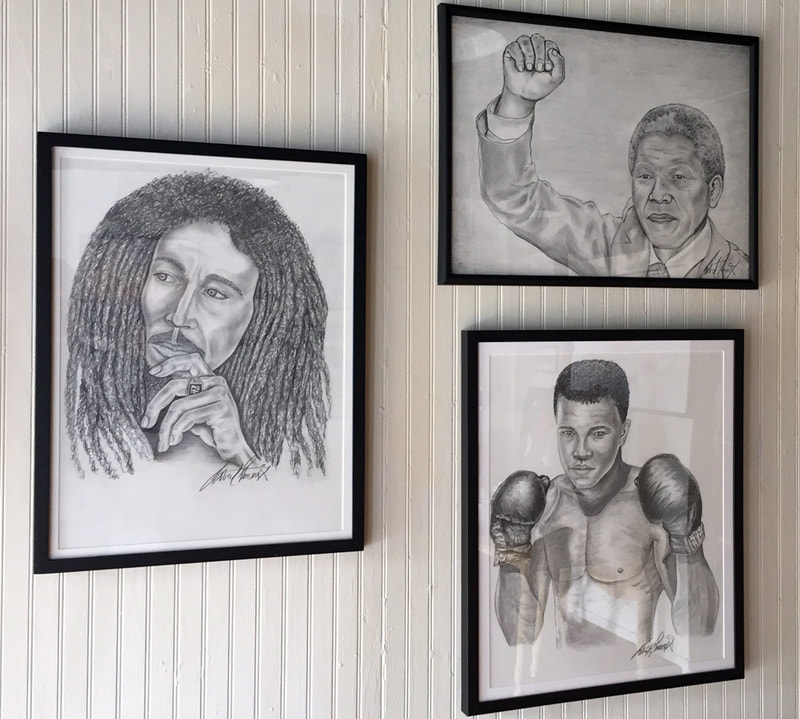
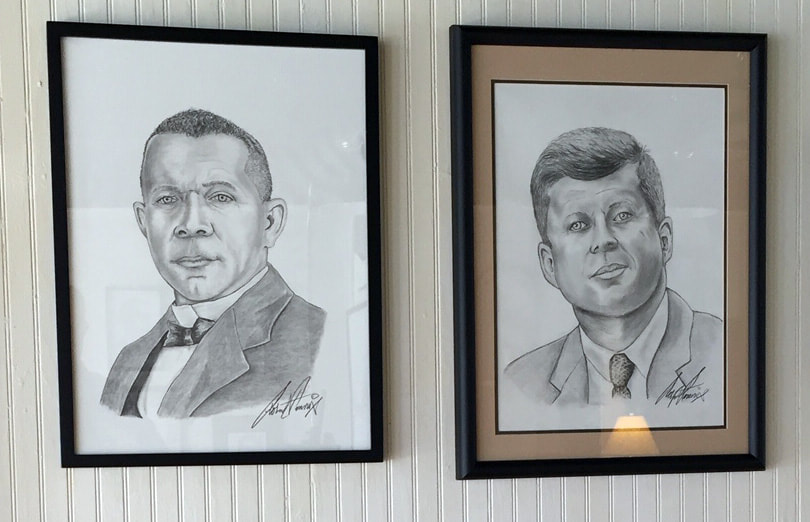
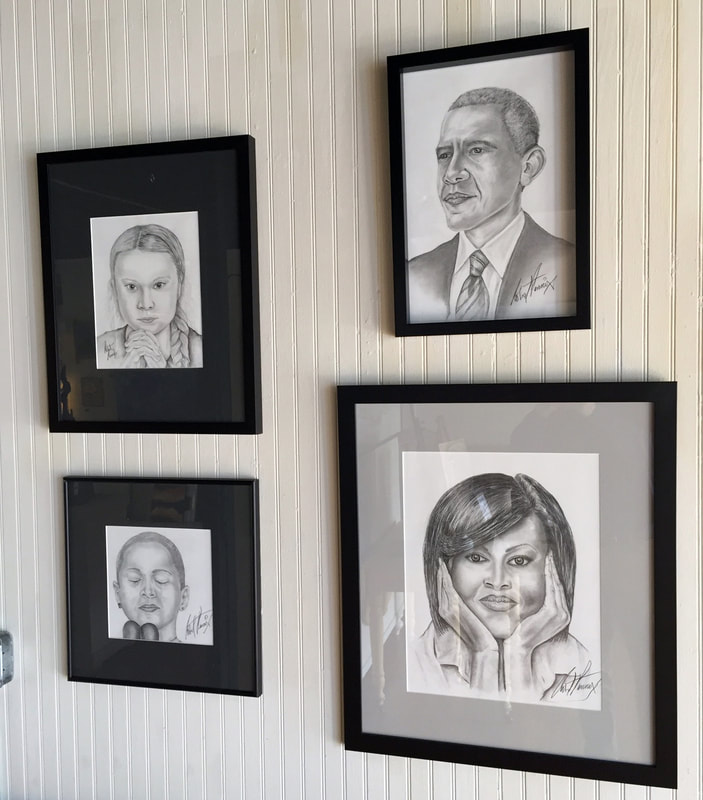
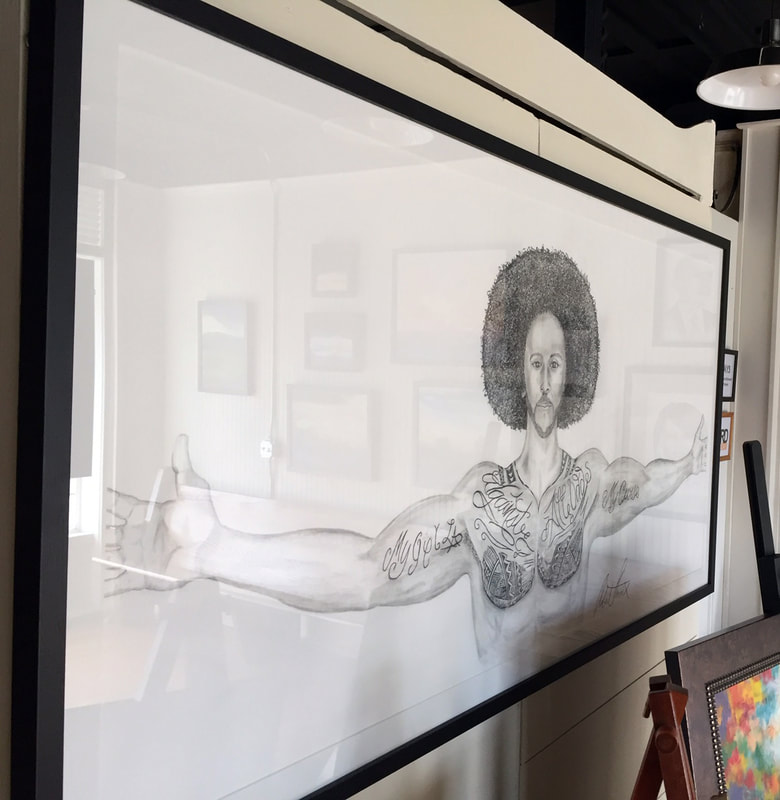
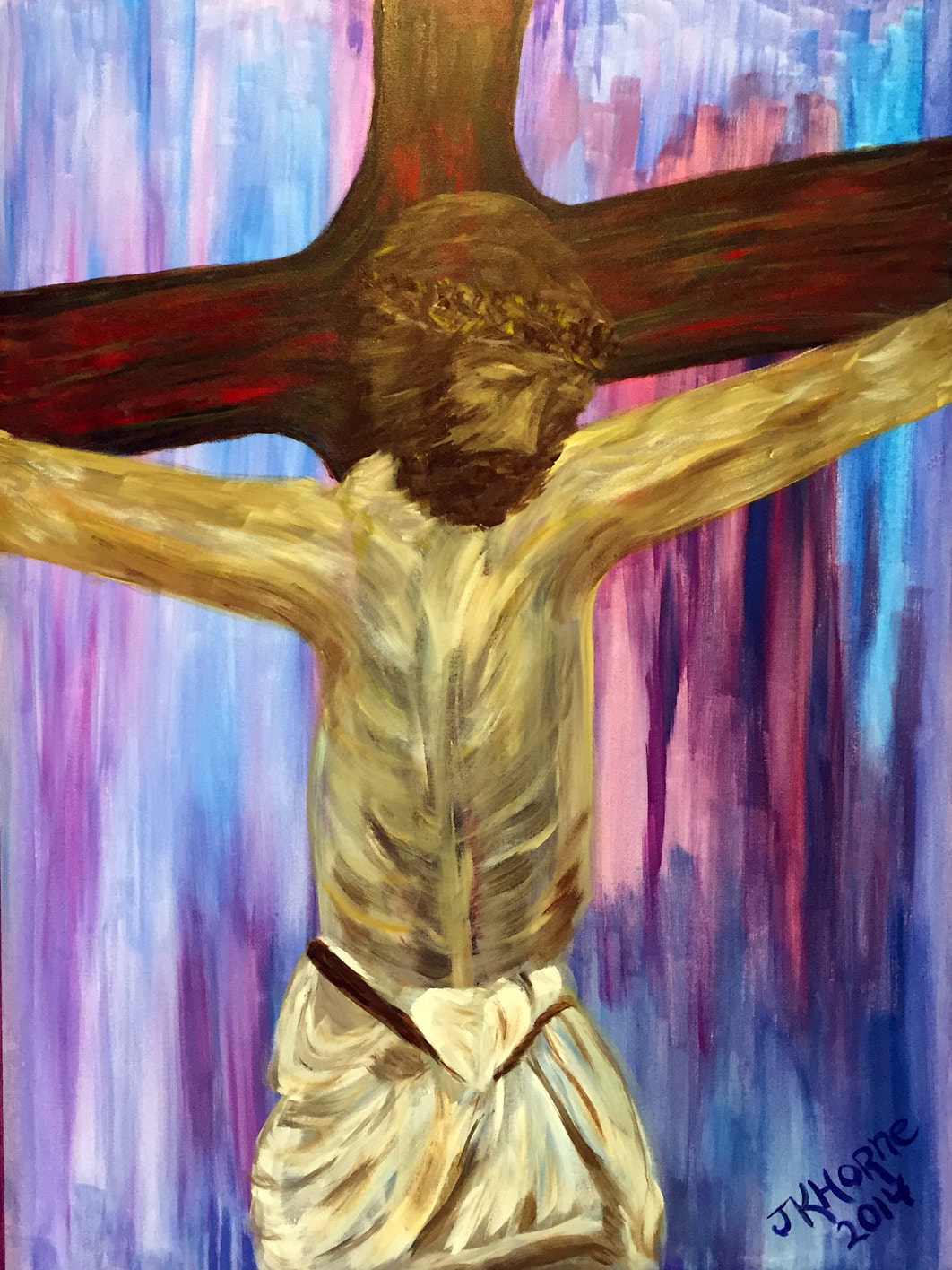
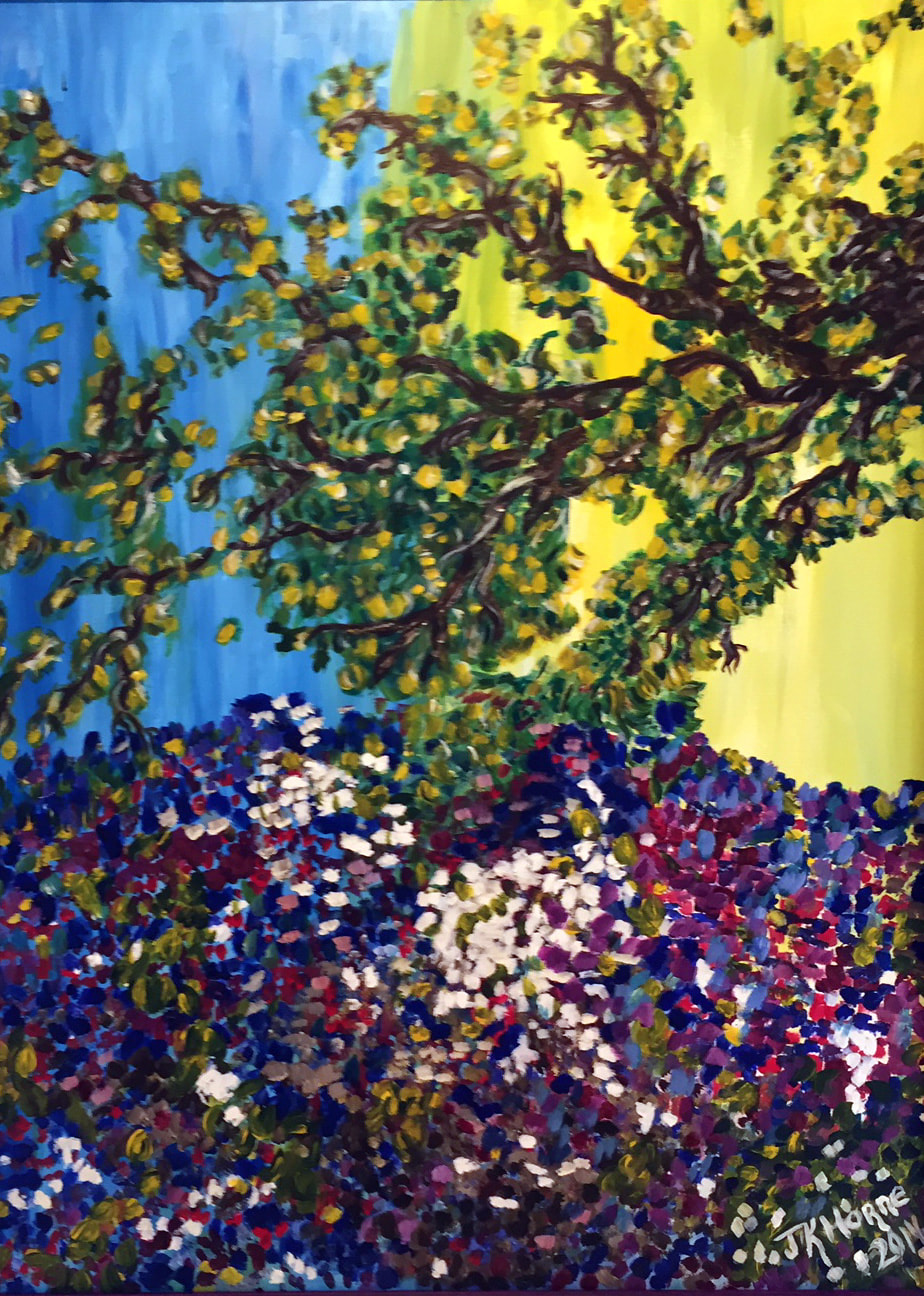
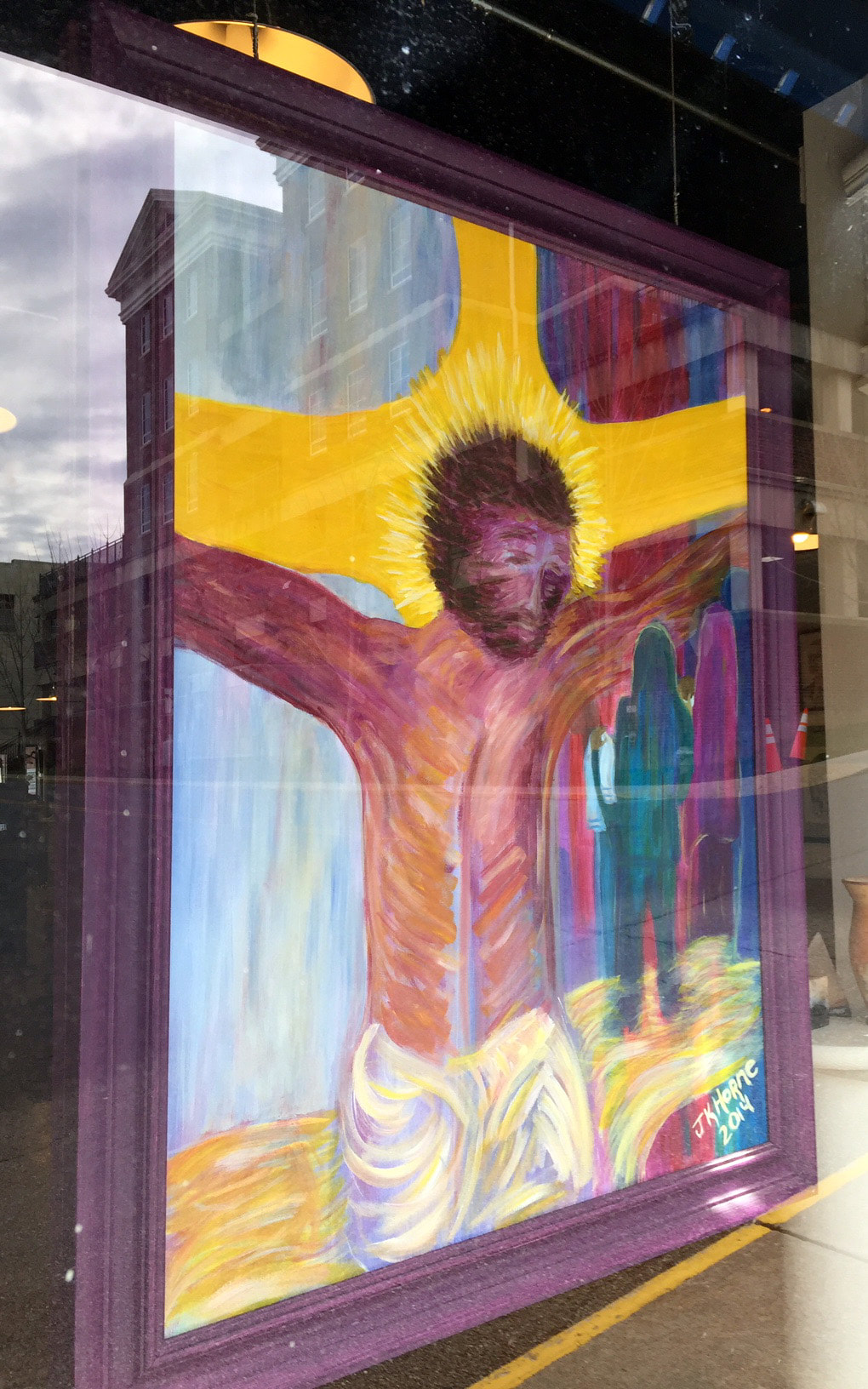
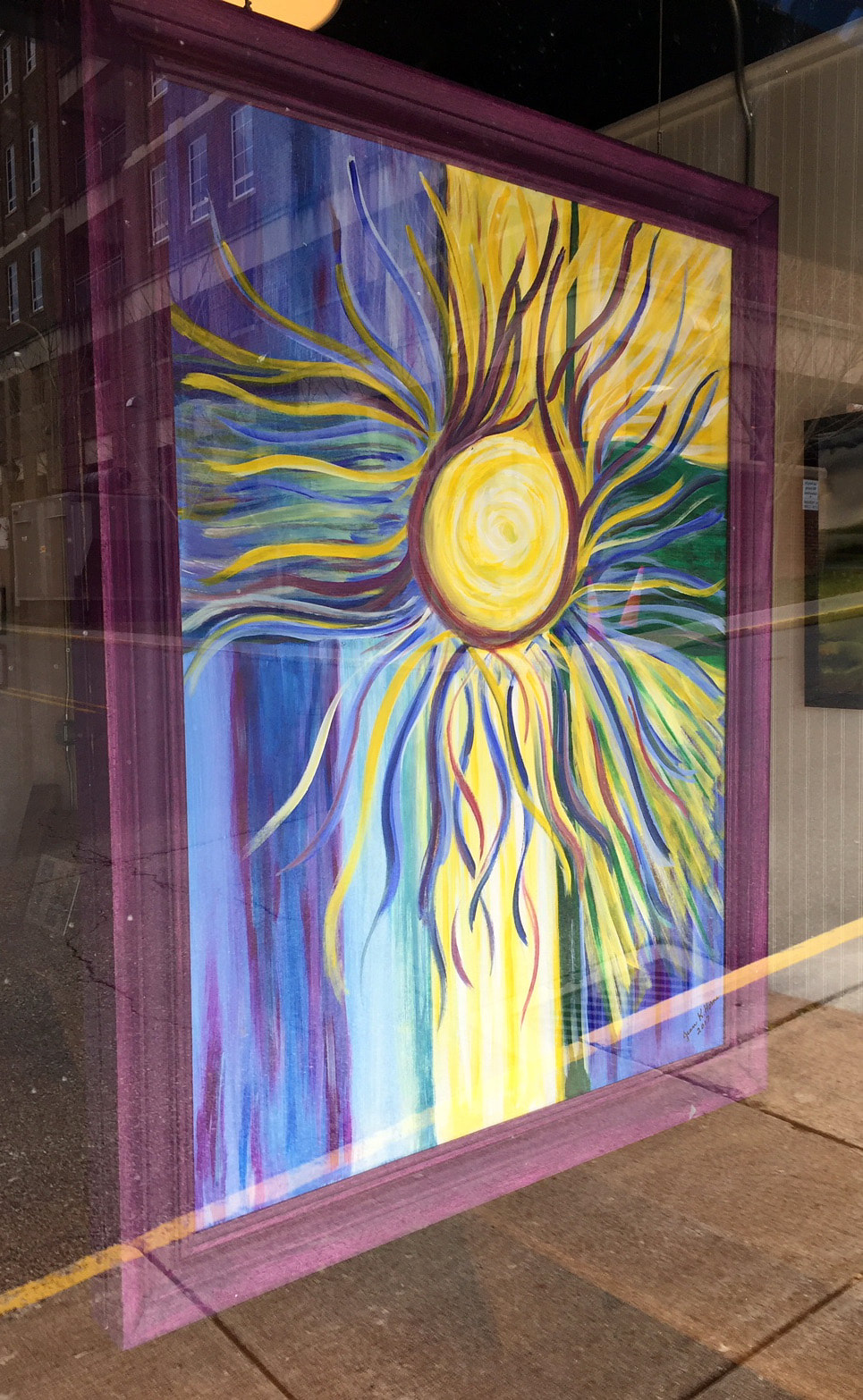
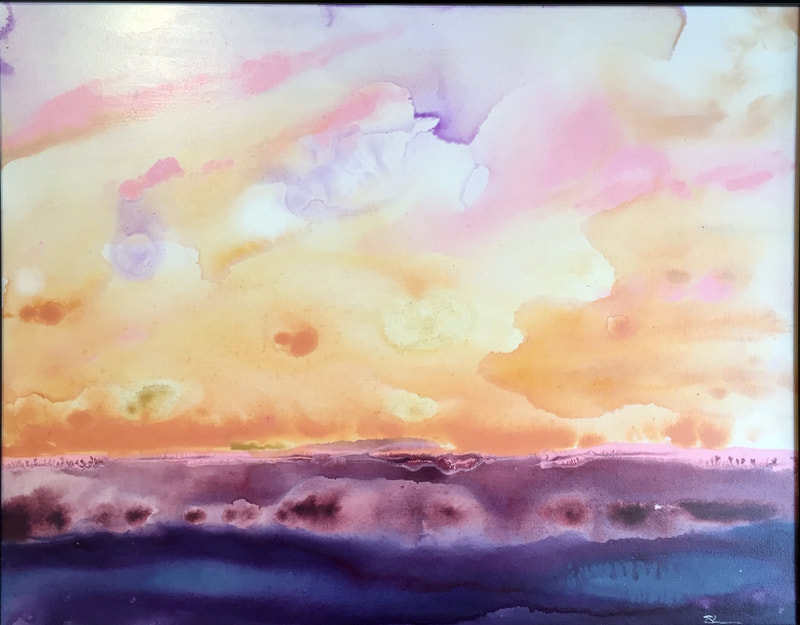
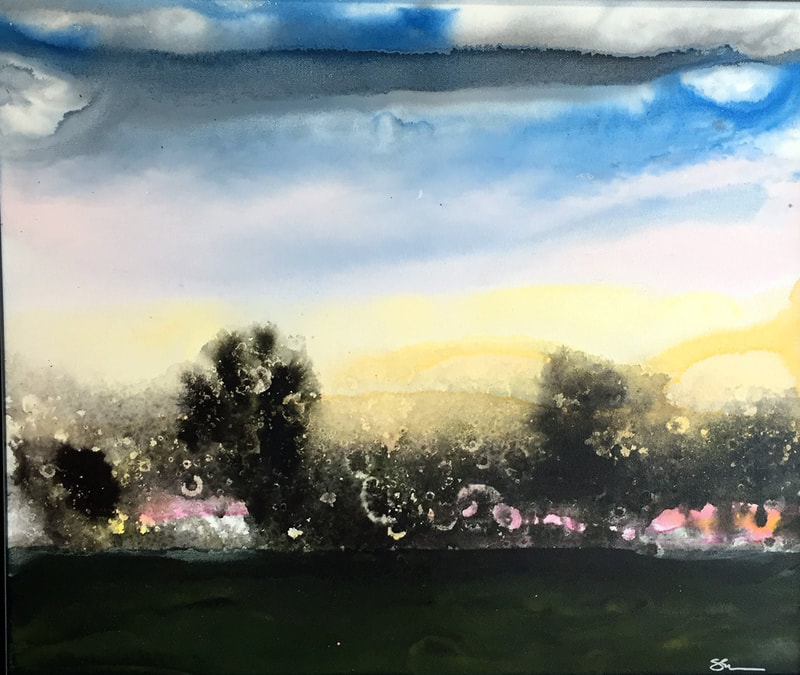
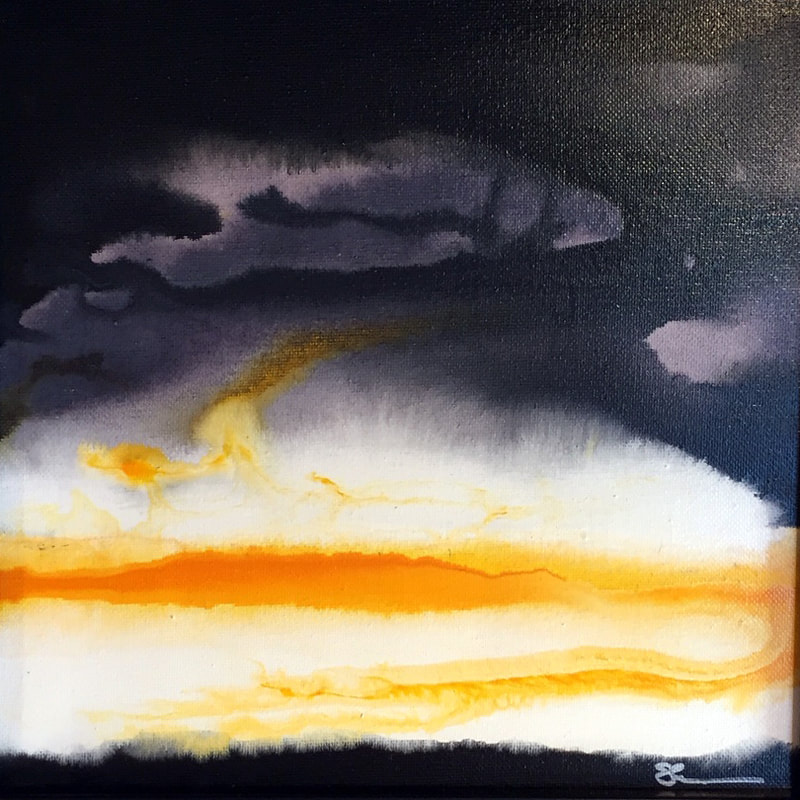
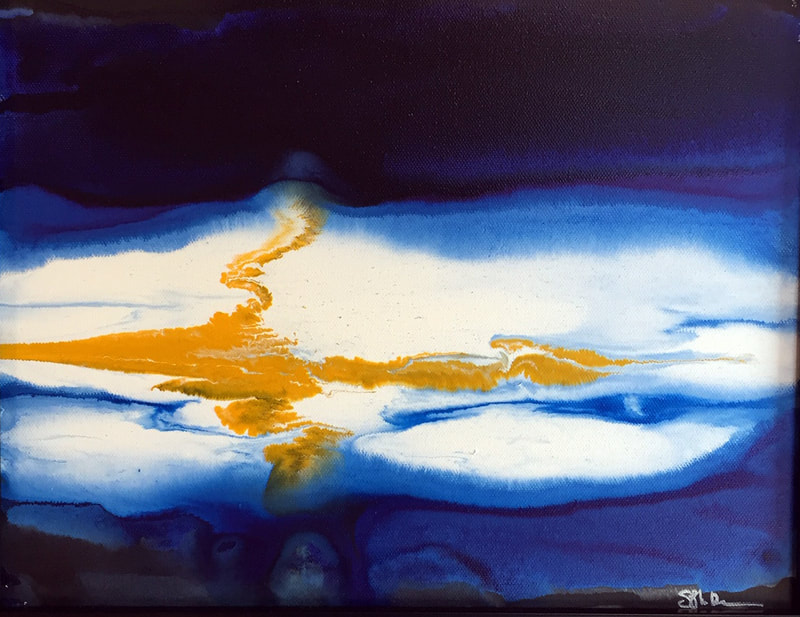
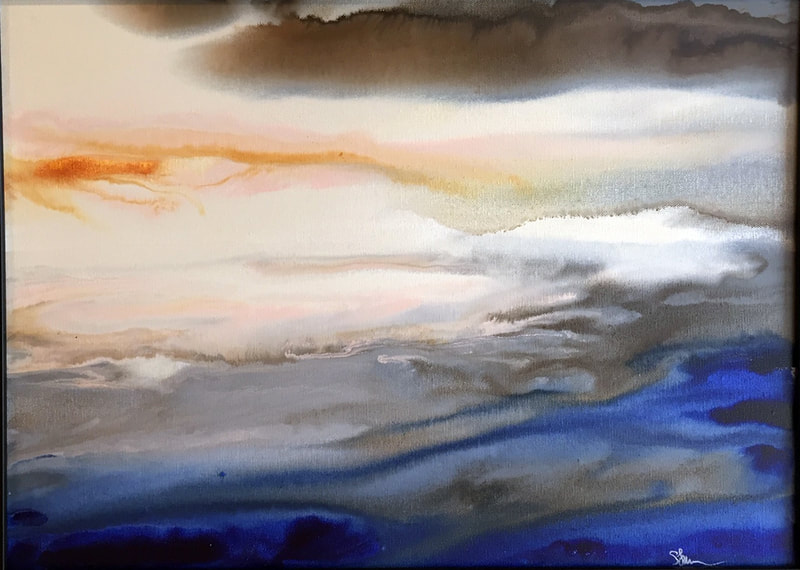
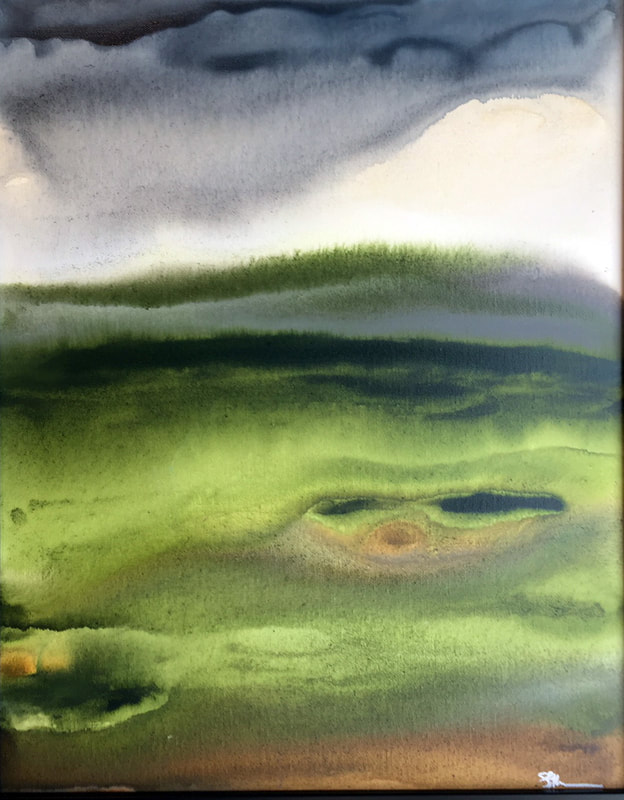

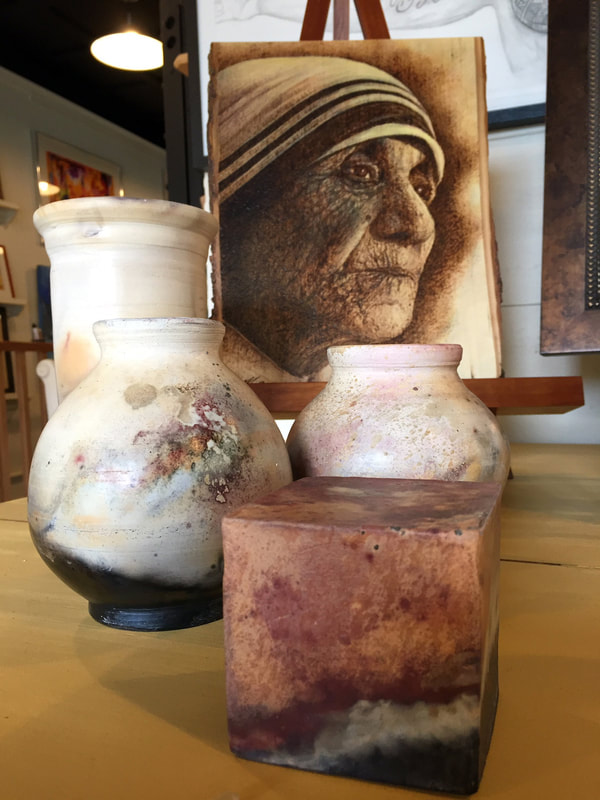
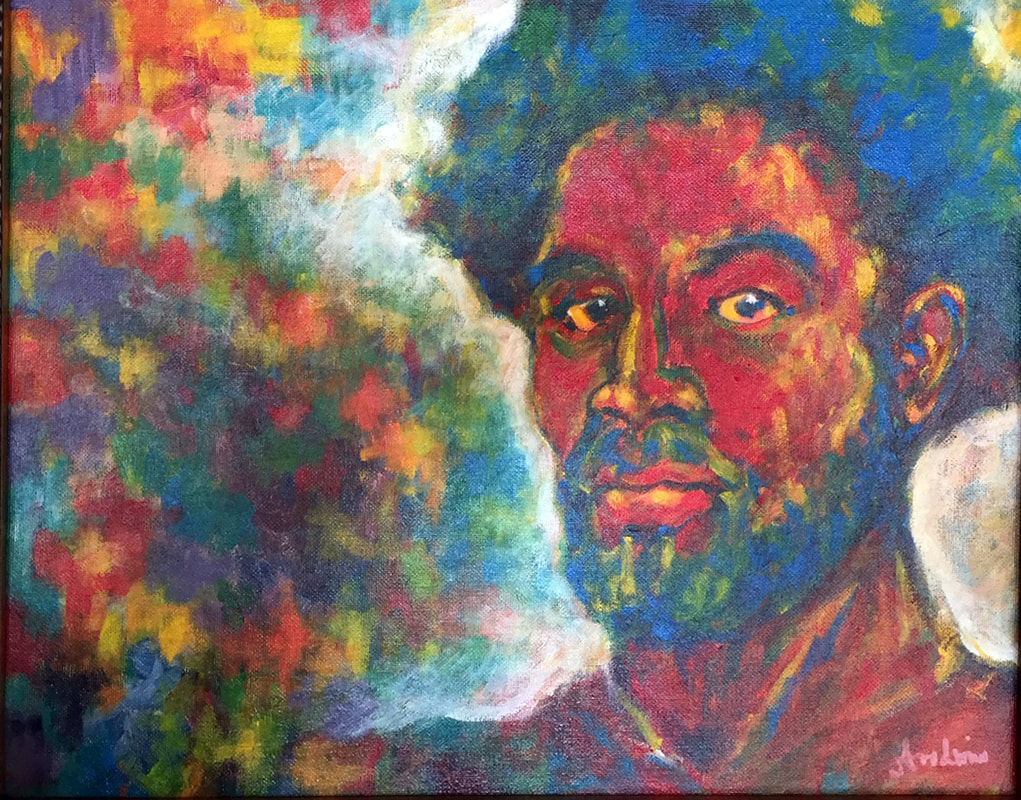
 RSS Feed
RSS Feed